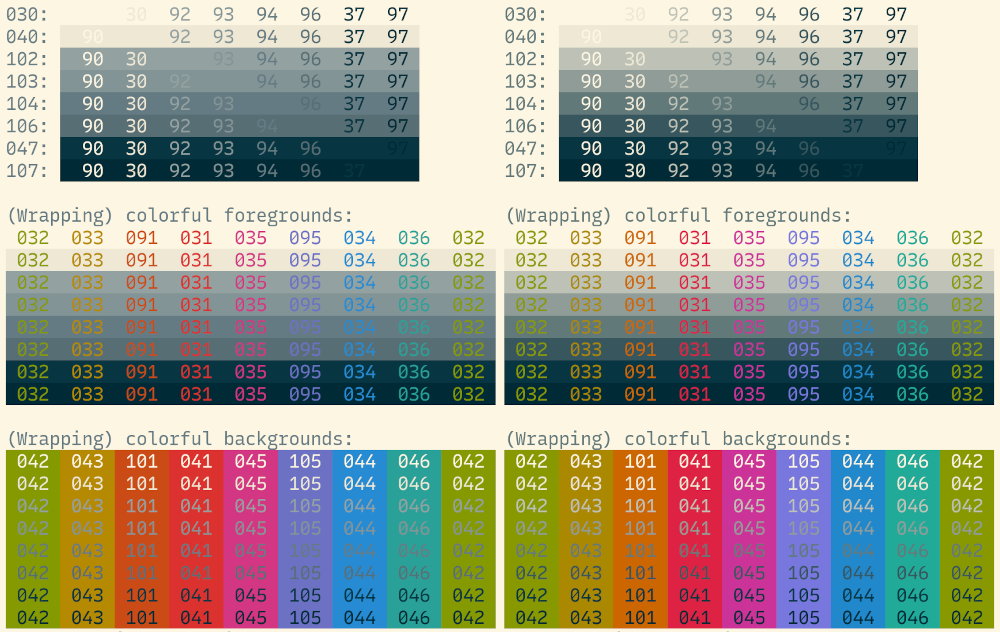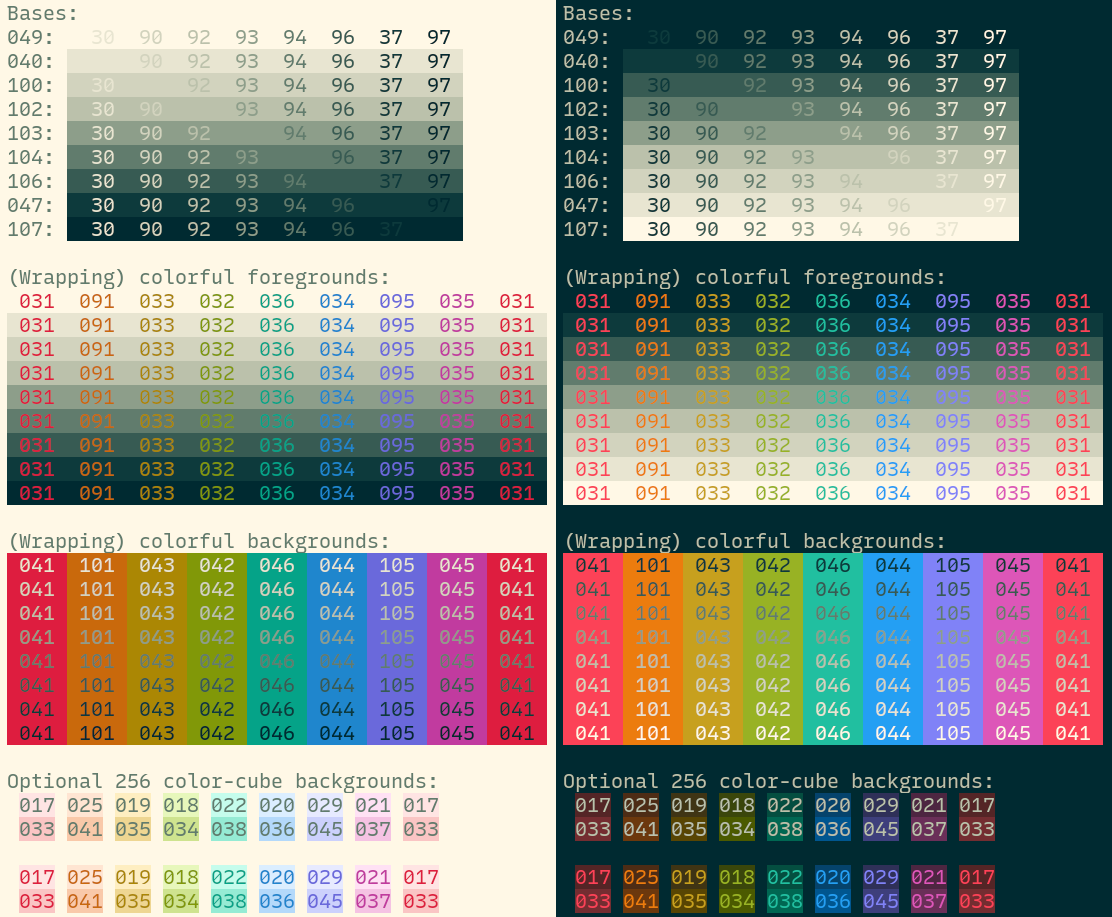0 A.D. is an open source real time strategy game. This blog post is my review of a game I played. If you haven’t played 0 A.D., it might not make much sense.
Mostly my games used to last until… about the first fight. Then I’d either win or lose and that’d be it.
This game was different: much more exciting.
I haven’t played 0 A.D. for some years, and just tried a game against two AIs (let’s call them Red and Green). Medium difficulty, random civ, Petra bot, locked alliances. I upgrade everything, get to the third age, start building an army of Brythonic Champions, and still don’t properly meet my opponents. Perhaps a stray soldier or two. I’m mindful of the fact that there’s three of us: any two fighting, the third one is gonna be happy.
Red starts expanding near me, so I destroy some of his structures and prepare for a fight. At this point my main force is 15 champions, 25 slingers, and a hero. Red starts trickling units and my slingers mostly take them out, so the champions stay healthy. It feels like I’m massacring him, so I take my force of 25 champions, 25 slingers, and a hero to attack his nearby civic center and… fail spectacularly. It quickly becomes obvious this isn’t gonna work, the majority of my force returns to heal, alive but weakened. I set up a small trap for the pursuers: I put 25 slingers on a cliff overlooking the passage through which they’re pursuing me.
Meanwhile, on the other side, Green has massacred my outpost with perhaps 30 slingers harvesting metal, and destroyed some houses. Sucks, I need metal, and I liked my slingers. I repell him at some losses and promptly build a couple more towers to slow down future attacks.
I want to finish off Red first: he’s nearer and I feel I’ve already softened him up. Again I try to take over his civic center (50 champs, 50 slingers, hero) and again I fail. My retreating force gets further whopped by Green, but by that points I’m near home and manage to fight him off, navigating him right between my towers and a fortress. I recuperate, give up on trying to retake the civic center, send 5 rams with my 50 champs, 50 slingers… and… after some back and forth - I don’t want to lose too many units - I finally erase Red off the map!
Meanwhile, my defense against Green counts some 40 champions, the hero, and lots of towers. Alas, this is not enough! Green attacks with some 100 units. Meanwhile, my main force, with 60 champions and 60 slingers, is accross the map, having just finished whopping Red. Green absolutely thrashes my defense, the towers, and takes over my starting civic centre. I seriously mishandled the defense: the horses just take out my groups of 30 slingers one after the other without much problem. My main force attacks Green’s main settlement, as it’s too far to go back. This attack fails. I send them – weakened – to retake my starting civic center. Unfortunately, my towers are no longer my towers, and my main force gets annihilated.
At this point I have zero units, Red’s starting civic center, and, due to my bad resource management, a whole lot of resources. I max out unit production everywhere I can, and with significant losses and the help of some towers (bless you, Red!), fend off the Green attack wave. But what are losses to someone who has just lost all their units?
I destroy Green’s civic center perched up on a central mountain accessible only from my side (the map is Ambush, did I forget to tell you?) with two nearby metal mines. This is strategically very important to occupy, as will become clear later.
I go rebuild my starting civic center and reclaim the towers. This leads to a loss of a small army and my last hero. Did I tell you I burned through three heroes already? So, Green takes over that. I just built him a civic center!
I build 3 towers on the central mountain. Meanwhile, my economy is doing great. I managed to make use of most of the resources I saved up, built up a new workforce, and even a small army. It’s pretty clear my attacks just won’t do in this situation. Fortunately, the AI has an easily-exploitable problem: once it starts attacking you at one spot, it tends to direct all the attacks there. I put 50 slingers on the mountain next to a passage and 50 champions at the end of the passage. To get to my slingers, the enemy has to first withstand the slinger fire, then – already weakened – get through the champions. Fortunately the AI really wants to get to my slingers, and really wants to use the shortest path to do so. After easily fighting off several waves of the same attack, I go destroy Green and win the game.

